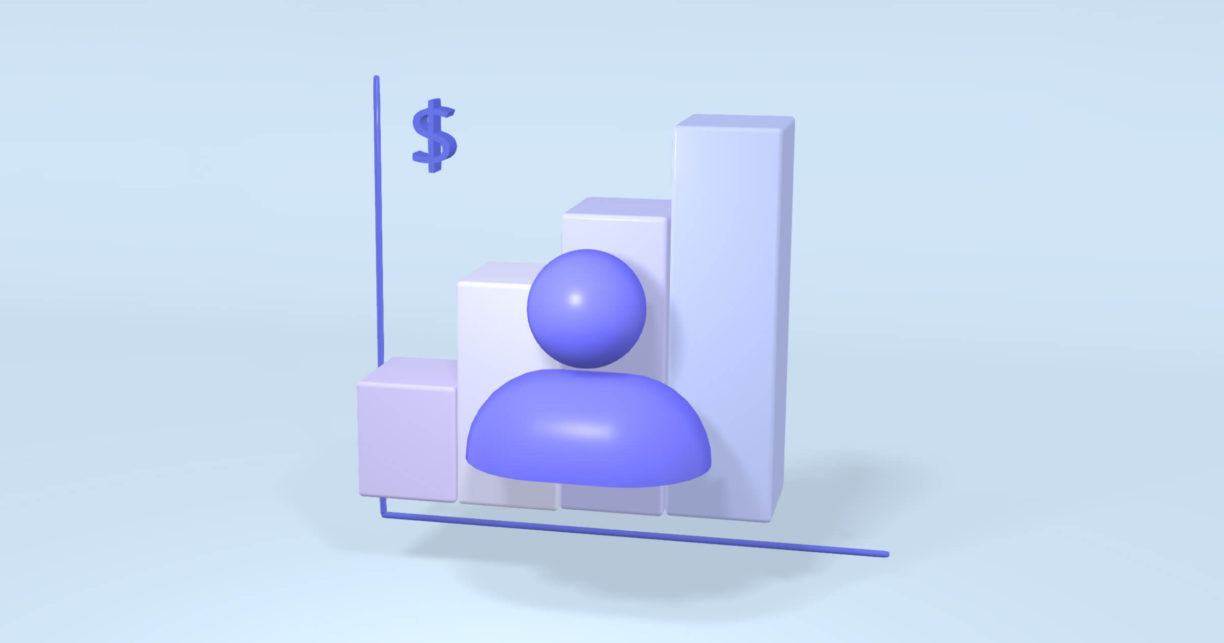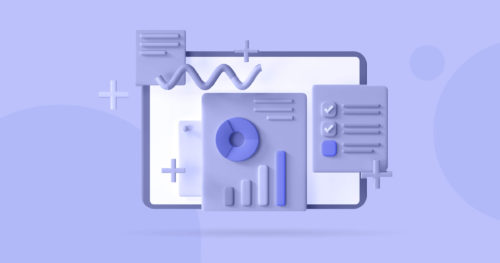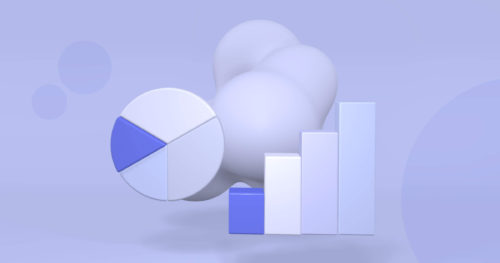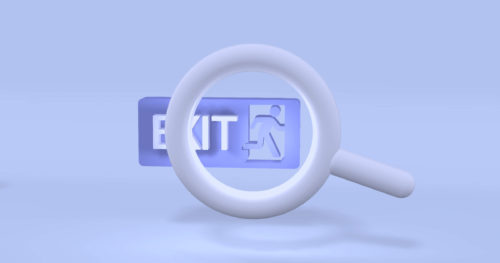Customer profitability analysis is a comprehensive measure of your company’s financial performance that can help you analyze profit per customer. In this guide, you’ll learn what customer profitability (CP) is and how it works, why it’s essential to your business, and how to calculate it.
Before we go into the details about performing a complete analysis, let’s look at what it means.
What Is Customer Profitability?
Customer profitability shows your business’s profit from a specific customer. The net income customers generate for your company over their lifetime with you is compared to their total costs per month (AKA Customer Lifetime Value or LTV).
In other words, it’s what you make from each customer segment based on sales and costs. Understanding this number is crucial because it can help your business determine which customers are worth investing in.
The profitability of your customers can be calculated using different formulas depending on the available data and the metrics you want to track. However, different formulas will likely yield similar results for a given company—the exact numbers don’t matter as much as what they reveal about your relationship with customers and how much value they bring to your business.
The analysis of how profitable are your customers is an essential part of running a business, and it helps you understand your customers and their behaviors to structure your business better to be profitable.
If you know which are the most profitable customer group for your business, you can identify which ones should get discounts or incentives and which ones should be phased out. You can also better utilize your resources and target marketing campaigns toward specific customer groups and encourage more purchases.
By identifying patterns in your customer base, such as where they shop the most or what products they buy the most, you can make better decisions about running your company that make sense for everyone involved!
What Is Customer Profitability Analysis?
Customer Profitability Analysis is tracking a customer’s profitability over time. It’s an important process for all businesses, especially eCommerce businesses, who can use the data from this analysis to make better decisions about their marketing and product offerings.
What does it measure? This analysis gives you an accurate understanding of how much profit each customer brings to your business.
This is valuable information because it allows you to identify which customers are profitable, which ones don’t bring in enough profit, and which ones are detrimental to your business (i.e., the customer costs more money than they generate).
Suppose you can identify your least profitable customers or those that aren’t profitable. In that case, you can reallocate resources previously spent on them towards the customers with the potential to drive growth and increase revenue.
Why Is It Important?
When you understand which of your customers are driving profit for your business and which aren’t, you can better optimize your marketing spend to increase ROI (return on investment) from every dollar spent on each account/customer.
Think of CP as the holy grail of understanding your best customers and what they buy. Its analysis will reveal a lot about your best customers and how to meet their needs. Why should you care? Here are two reasons:
It helps you grow profits by identifying your business’s most profitable customer segments.
It helps you improve profitability by identifying high-margin areas that need more investment or low-margin areas that could use cost-cutting.
What factors should you consider? There are three main factors: revenue, sales volume, and cost of goods sold (COGS). Let’s look at these individually.
Revenue is the heart of any eCommerce operation. To remain viable, the goal is to increase revenue from one year to the next. Marketers must be able to identify which products sell well on a given channel and which products generate above-average profit margins. Without this information, it can be difficult for marketers to determine which product lines/categories would benefit from an increased marketing budget or tailored promotions.
Sales volume is also dependent on the total revenue generated; increasing sales volume will help drive up revenue and support inventory turnover rates (i.e., stocking inventory quicker). Regarding an eCommerce operation specifically, understanding which product lines generate the highest sales volume can help managers determine where funds should be allocated when launching new campaigns or creating promotions around existing products/services offered to maximize impact.
COGS relate directly back to how much it costs a company/business owner/operator/marketer etc., to acquire goods for resale; without knowing this information beforehand, it can be difficult if not impossible to forecast future operational costs accurately and subsequently.
How To Calculate Your Consumer Profitability?
When generating your analysis, it’s essential to understand how the concept of cost is used. It’s important to remember that we are looking at a profit based on revenue minus costs.
Indirect costs are business expenses that cannot be directly attributed to a single customer or product line. And businesses have to put them into consideration.
For example, let’s say that your company spends $100 per month on office rent and $1,000 per month on employee salaries. The rent will likely not vary much from month to month regardless of sales volume or changes in the number of customers served; it would be an indirect cost. Employee salaries could vary by production volume or staff levels and are considered direct costs. These factors are vital when calculating CP.
The Formula
The customer profitability formula is:
Profitability per customer = (Customer revenue – Average customer costs) ÷ number of customers
So, let’s assume that you have a business that sells $4,000 in products and services to its clients each month. The business also spends an average of $3,500 per client in direct costs for that same period. For this example, we would use the following formula:
Profitability per customer = ($4,000 – $3,500) ÷ 1
= $500 ÷ 1
= $500
How to Perform an Analysis of Your Client Profitability?
To calculate customer profitability, use the following formula:
Gross profit margin = (Revenue – Total cost) / Revenue
Customer profitability = Customer revenue * Gross profit margin
To perform a profitability analysis, you must first make a few decisions. Which customers do you want to analyze? How many customers do you want to analyze? You may break your customer base down into smaller customer groups according to customer demographics or geography.
For example, you can choose one geographic region and perform a cross-sectional analysis of all companies in that area.
10 Ways To Improve It for Your eCommerce
There are several ways to improve customer profitability for your eCommerce business. Let’s look into them:
1. Create good customer experiences
To improve customer profitability in eCommerce businesses, you need to create a great customer experience. You need to have good products, provide excellent service, and communicate effectively with your customers.
2. Understand your customers
The more you understand your customers, the better you can make their experience. This includes knowing who they are and what they want from you and understanding how they think and behave. It would help if you also understood what makes them tick so that you can better serve their needs with suitable products.
3. Know your most profitable customers
Knowing which of your customers will be most profitable is key to success when it comes to increasing profitability for your eCommerce business. The more information you have about these customers, the better-informed decisions you can make about how best to serve them.
4. Keep your best customers
One of the best ways to increase customer profitability is by keeping them coming back again and again. It will also help to reduce your customer acquisition cost, as you do not need to spend more on new customers.
5. Provide incentives for your best customers
Offer incentives that reward your best customers with discounts or free shipping. These incentives will encourage them to continue buying from you and increase their customer lifetime value (LTV).
6. Reward your customers’ points
Some merchants offer loyalty reward programs where they give points or miles for every dollar spent or when certain purchases are made. These points can be redeemed for discounts on future purchases or gift cards. This is one of the most effective ways to retain loyal customers and encourage them to spend more over time.
7. Set up a loyalty program
A loyalty program incentivizes repeat business by offering exclusive benefits and rewards based on specific actions taken by the customer, such as spending x amount over time or reaching a certain point total in purchases.
8. Track customer behavior
The first step in increasing a customer’s profitability for your eCommerce business is understanding their buying behavior. You can use analytics software like Google Analytics or any good customer analytics software to track the number of visitors to your site and how long they stay on each page.
This will help you identify trends in what type of products your customers are interested in and how far they go down the sales process before leaving your site.
For example, if you notice that customers spend a lot of time browsing Electronics but never buying anything, you know that Electronics are not selling well. You should take action quickly before you start losing customers.
9. Be proactive
When customers begin interacting with your brand, it’s essential to stay in touch and be proactive about providing them with what they need. If someone has an issue with their order or questions about returning something, make sure they get prompt responses from you! This will help build trust between you and your customer, encouraging them to continue spending money with you over time.
10. Calculate and understand your CP
Knowing the CP for all of our customers is easy; let us explain. The prevailing formula for this is:
$CP = CLV – CAC – CRC$.
The CLV calculates future revenue generated from a given person over their customer lifetime journey. The CAC is the money you spend on marketing to generate that new person (see more about LTV:CAC ratio here).
The CRC is similar to fixed costs associated with keeping them around, like an email marketing software plan or an automated subscription system.
The CP calculation tells us how much we will have remaining in revenue after covering expenses related to getting that person and keeping them around.
Conclusion
There’s no doubt about it: customer profitability analysis are key to every company’s success. By better understanding customer behavior and the actual cost of doing business with individual customers, companies can make more informed decisions about their marketing costs, customer service strategies, and overall approach to business.




